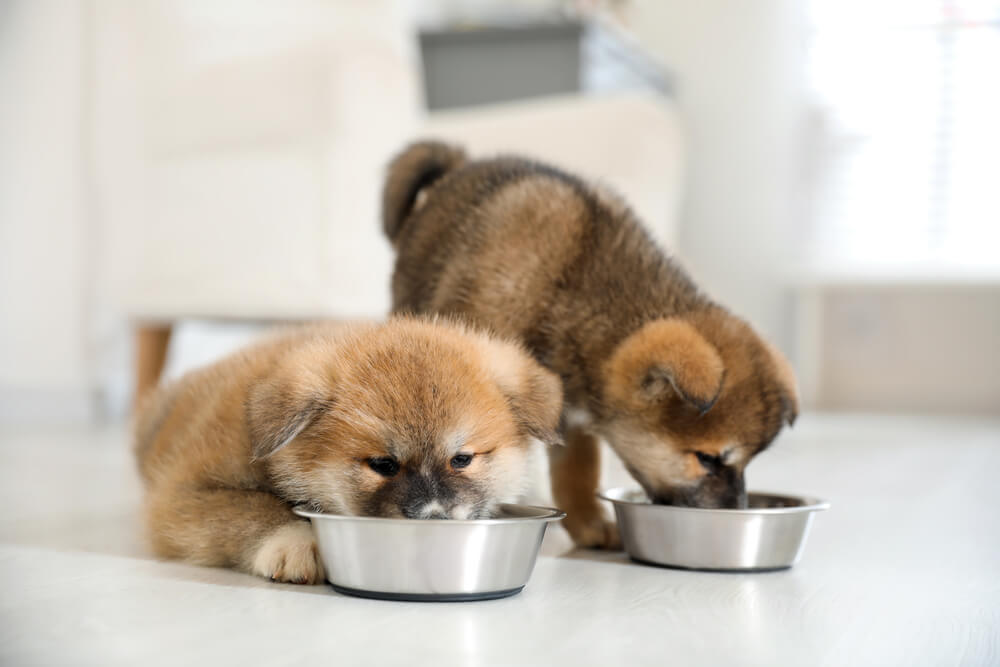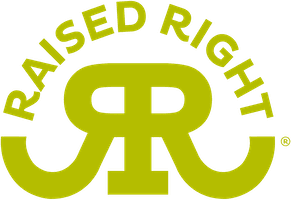
If your pooch is struggling, your vet might suggest feeding them a bland diet. Whether they’ve got skin disease, diarrhea, vomiting, or pancreatitis, they could benefit from a bland diet or a limited ingredient diet. But what is a bland diet for dogs? When do dogs need a bland diet? And what are the benefits? Let’s find out.
Why might you need to feed a bland diet for dogs?
Upset Stomach
If your dog has an upset stomach, causing vomiting or diarrhea, a bland diet can help it to settle. Rich foods could irritate their guts and keep the inflammation in their gastrointestinal tract going rather than allowing it to resolve.
Pancreatitis
Pancreatitis in dogs can be triggered by fatty or rich food, therefore, it’s best to avoid fatty food altogether while your dog is recovering. This will give your dog’s digestive system a break from working hard at emulsifying and breaking down fats.
Colitis

Many dogs are prone to colitis and the best way to settle it is to feed a bland diet or limited ingredient diet.
Many dogs are prone to colitis, and their sensitive guts can lead to diarrhea during times of stress or when they eat something out of the ordinary. The best way to settle colitis is to feed a bland diet or a limited ingredient diet. Increasing fiber could also help to bulk up the stools and reduce painful straining and spasms. Pumpkin is a great source of fiber and some companies have formulated complete & balanced limited ingredient recipes that contain pumpkin.
Allergies
Food allergies can cause digestive symptoms like vomiting and diarrhea, but they can also cause skin rashes, itching, and swelling. If your dog has a food allergy, they would benefit from a bland diet that contains limited ingredients. Since many allergens are proteins, it’s most important to choose a diet with a single protein source if your dog may have dietary allergies.
What is a bland diet for dogs?
The definition of a bland diet will vary depending on your dog’s symptoms and diagnosis. For example, a bland diet that would be perfect for settling an upset stomach might trigger a food allergy. Therefore, if you’re not sure what type of bland diet is best for your dog, speak to your veterinarian. Here are some examples of bland diets:
Chicken and rice
A chicken and rice diet is bland. It’s pretty low in fiber and, because chicken is lean meat, it doesn’t contain any fat. Standard gastritis (inflammation of the stomach) or colitis (inflammation of the large bowel) can be improved with a temporary diet of chicken and rice, especially if the cause was your dog eating something unpleasant, rotten, or unusual on a walk! Rice is very high in carbohydrates so we don’t recommend feeding this long term as excessive carbs are involved in inflammatory processes in the body.
White fish
White fish contains little fat and is easily digestible, making it a good choice for a tummy upset. It’s also a good example of a novel protein source if your dog hasn’t come into contact with it before. Of course, white fish alone isn’t going to give your dog the nutrients they need long term, but it can help with settling your dog’s stomach.
Scrambled egg
Scrambled egg, without milk, butter, or cooking oil, is a great single protein source bland diet. However, it does contain some fat. Scrambled eggs can work for GI upsets and food allergies.
Pumpkin
Pumpkin is high in fiber, which can help to bulk up your dog’s stools if they have diarrhea. This makes it a great option for all kinds of bland diets, as long as your dog isn’t allergic to pumpkins. Here are some limited ingredient recipes that contain pumpkin, with a single protein source.
Limited ingredient dog food

Homemade bland diets are fine for the odd episode of dietary indiscretion or colitis flare up, but are not suitable for longer use.
Homemade bland diets are only suitable for temporary use because they’re not nutritionally balanced and won’t give your dog everything they need. This is fine for the odd episode of dietary indiscretion or colitis flare-up, but if your dog needs a bland diet for the long term, it’s best to feed a limited ingredient dog food that meets AAFCO’s standards for a complete & balanced diet.
Single protein source
Most food allergens are protein-based so it can be helpful to find a limited ingredient dog food that contains single sources of protein to help you manage your dog’s food allergies.
How much of a bland diet should you feed your dog?
If your dog needs a temporary bland diet for a stomach upset, offering small amounts frequently will help to improve their symptoms. If you’re only giving the bland diet for a week or two, offering them a portion that is a similar size to their normal dog food should be fine, and you can always increase the amount if they seem hungrier than normal. If the bland diet is going to continue past a couple of weeks, it’s best find a limited ingredient dog food that’s complete & balanced to make sure your dog is getting the calories, vitamins, and minerals that they need to stay healthy.
Summary
When you think of a bland diet for dogs, you might automatically think of chicken and rice. However, this diet isn’t suitable for all dogs or all situations and it’s not suitable for long term feeding as it’s not a complete & balanced diet.
FAQ
What is a good bland diet for a dog?
Bland diets will depend on the reason why a diet change is needed. However, all will contain limited ingredients. If your dog needs a bland diet due to dietary allergies, their bland diet should also contain only a single protein source.
What food will settle a dog’s stomach?
Depending on the dog, chicken, and rice, scrambled egg, pumpkin, or white fish could settle their stomach. What’s most important is that the food contains limited ingredients and avoids anything they are sensitive to.
Are eggs considered a bland diet for dogs?
Eggs are considered a bland diet for dogs if the diet is temporary. They shouldn’t contain seasonings, cooking fats, or other ingredients.
How much do I feed my dog on a bland diet?
If your dog has vomiting or diarrhea, feeding small frequent meals is a good idea. Otherwise, feed them an amount that is similar to their normal food.


